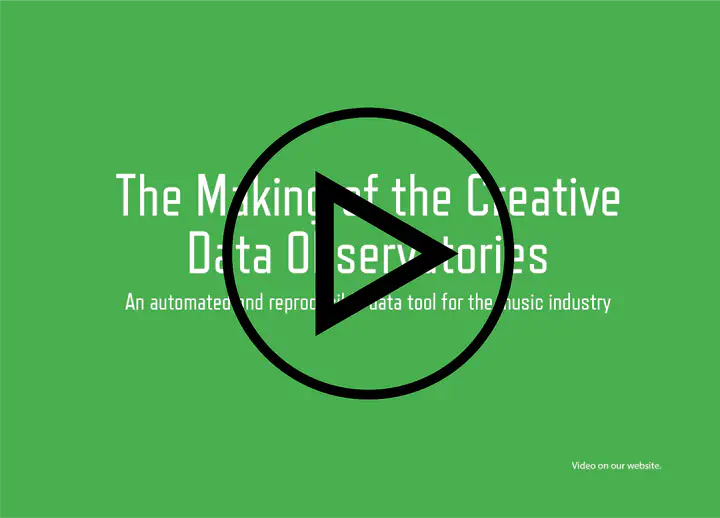Smart Reporting Resources

Stop uploading your work onto the web 2.0 in a pdf, epub, or word file. Build a self-refreshing resource that re-refreshes the statistics, legal texts, tables, visualizations, footnotes and bibliography instead. This way you’ll have a greater impact: you’ll connect to global knowledge graphs, and your work can be reused much better.
Our “smart reporting resource” is always live: it contains code that searches for data updates or changes in the law. It is a document that includes reproducible research code and makes sure that your document contains the latest information. It is a resource that, when uploaded to the web 3.0, cannot only be downloaded, but finds itself its audience, places itself into global libraries, data exchanges, automated websites.
📊 Downloads or updates reliable statistical data, utilizing the SDMX standard, for example, Eurostat datasets, which is placed into your text as a table, a data visualization, and its source as a footnote and bibliographic citation.
⚖️ Updates legal citations from Eur-LEX, i.e. contains the latest form of policy or legal documents, and flags for the researchers any important changes in the lifecycle of the citation (legal text goes out of force, amended, important court decisions get connected).
🎨 Exchange cultural Digital Objects with Europeana or other cultural heritage or knowledge organizations, such as out-of-print books, music works, or 3D design objects.
We admit that at this point we mainly serve policy wonks or scientists who are very tech savvy. But we are working hard to package it into a highly usable end-user product.
What is reproducible research?
Reproducible research is what it is: it can be reproduced. Easier said than done. We create open source software that accompanies the entire research workflow, from the fieldwork or big data collector, downloading documents via the analysis, visualizations, citations, web dissemination and publication. We do all those little steps that computers do better than humans: logging, documenting, testing, validating, archiving. This allows our users to do what humans do best: think.
Our data observatories are open scholarly platforms that support reproducible research. Our policy documents bring this functionality to your personal computer, and make it available for an NGO, a lawyer, a consultant, or an individual researcher.
Feature list
Each external resource, i.e. a policy document, a legal text, a cultural heritage object, a catalog entry, a dataset is clearly identified and downloaded, processed for the document into a footnote, citation, table or standard visualization.
New artifacts, such as visualizations, tables, receive a unique document object identifier (DOI) that clearly states their source, the person who oversaw the creation, the date, and the version.
These artifacts are added into the text in pre-defined places, such as the “Chart on GDP growth” placeholder containing the latest chart on GDP growth, while the citation in the bibliography contains the new version of the artifact (i.e. the chart with a DOI.)
The artifacts, such as datasets, tables, visualizations, codebooks, reference lists, are uploaded with a new version to an open science repository such as FigShare or Zenodo. This ensures that the creator’s intellectual rights are respected, and different, unauthorized versions of the table, chart, or other artifact in unknown news outlets, social media, are not connected to the creator or publisher.
Zenodo, via OpenAIRE, connects your work with global libraries, and if they meet the quality criteria, they are often immediately placed into the catalogues of global libraries. Our smart policy documents are not only uploaded onto the web, but connect to global knowledge graphs, or the web 3.0.
The author and publisher of the ‘smart policy document’ receives notifications of significant changes, i.e. non-trivial new data at Eurostat, or non-trivial connecting policy documents, court decisions, which should trigger a revision of the smart policy document’s textual contents. Needless to say, behind the scenes, we handle those trivial changes, too.
After human review of the new version, it is created as Word docx, EPUB, and PDF file, and with a new version and DOI, it is uploaded to open science repositories that synchronize this publication with global library systems.